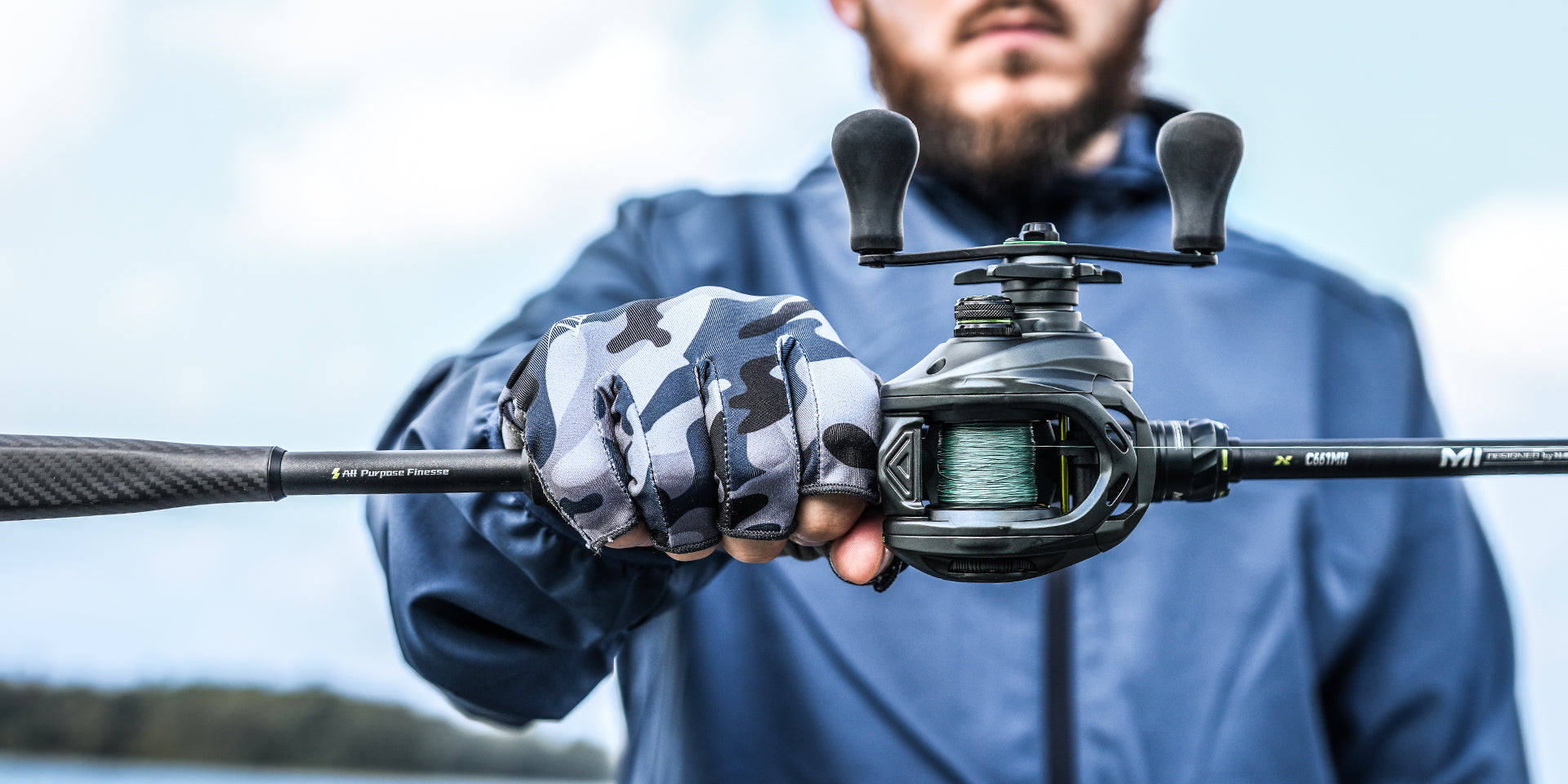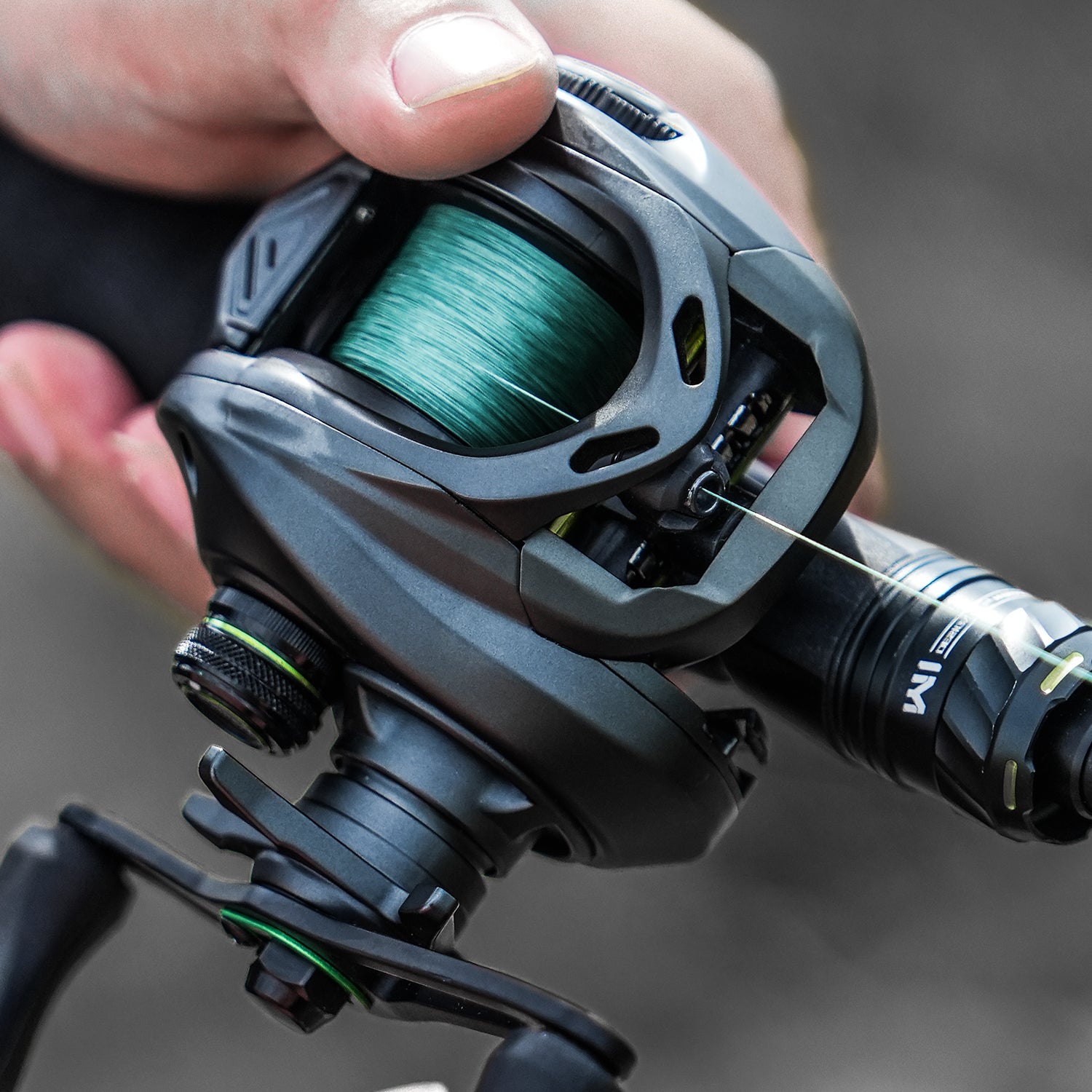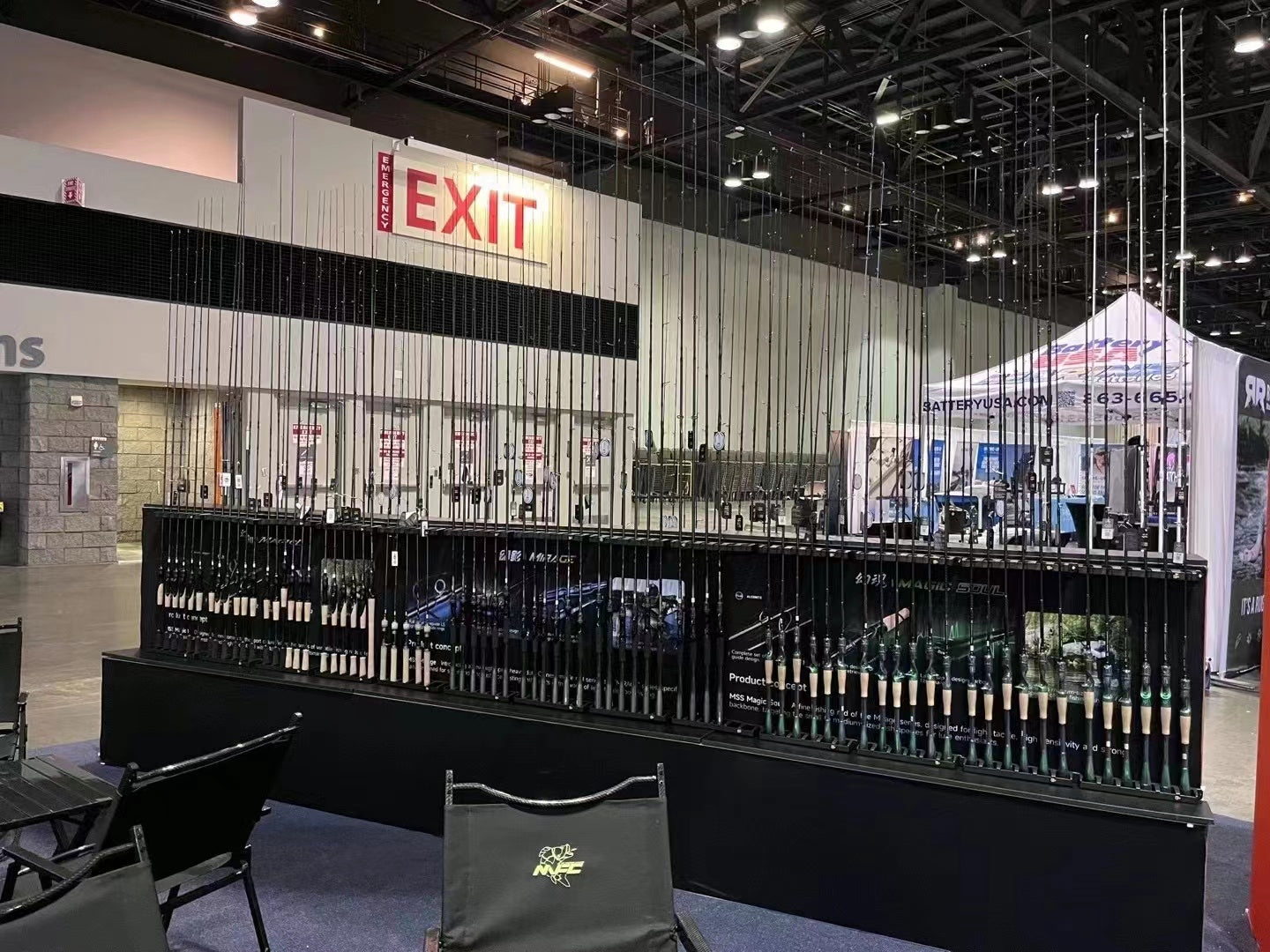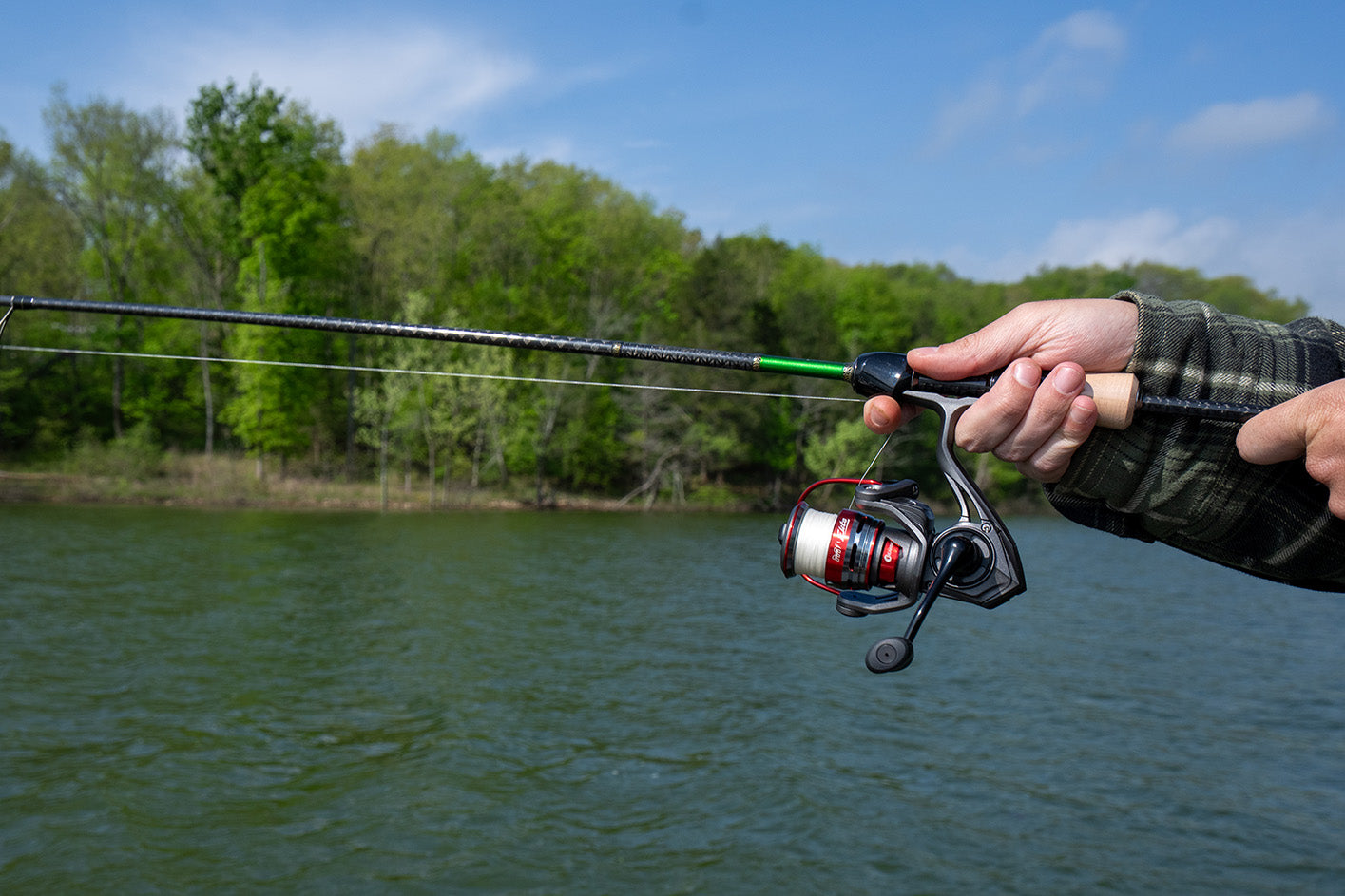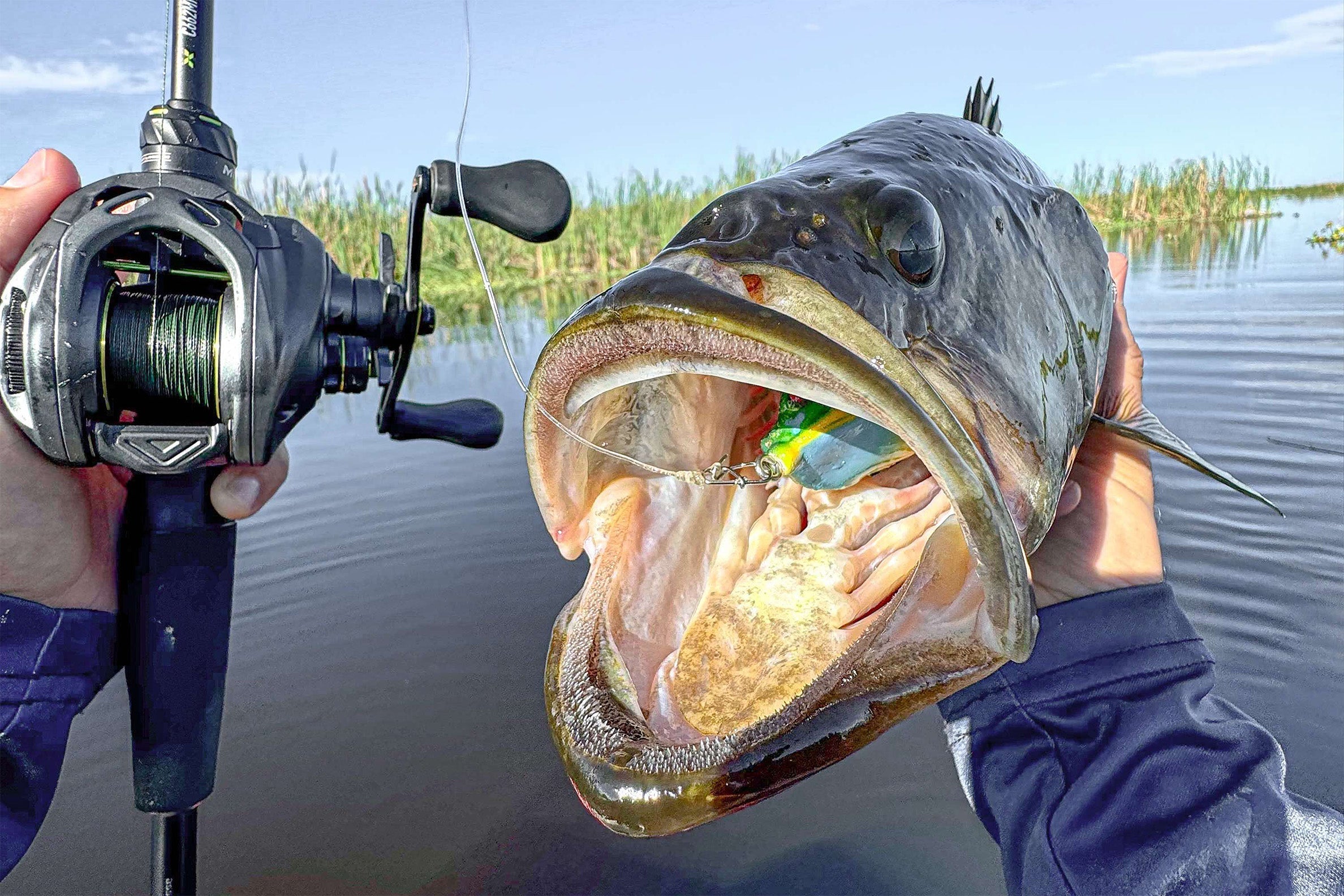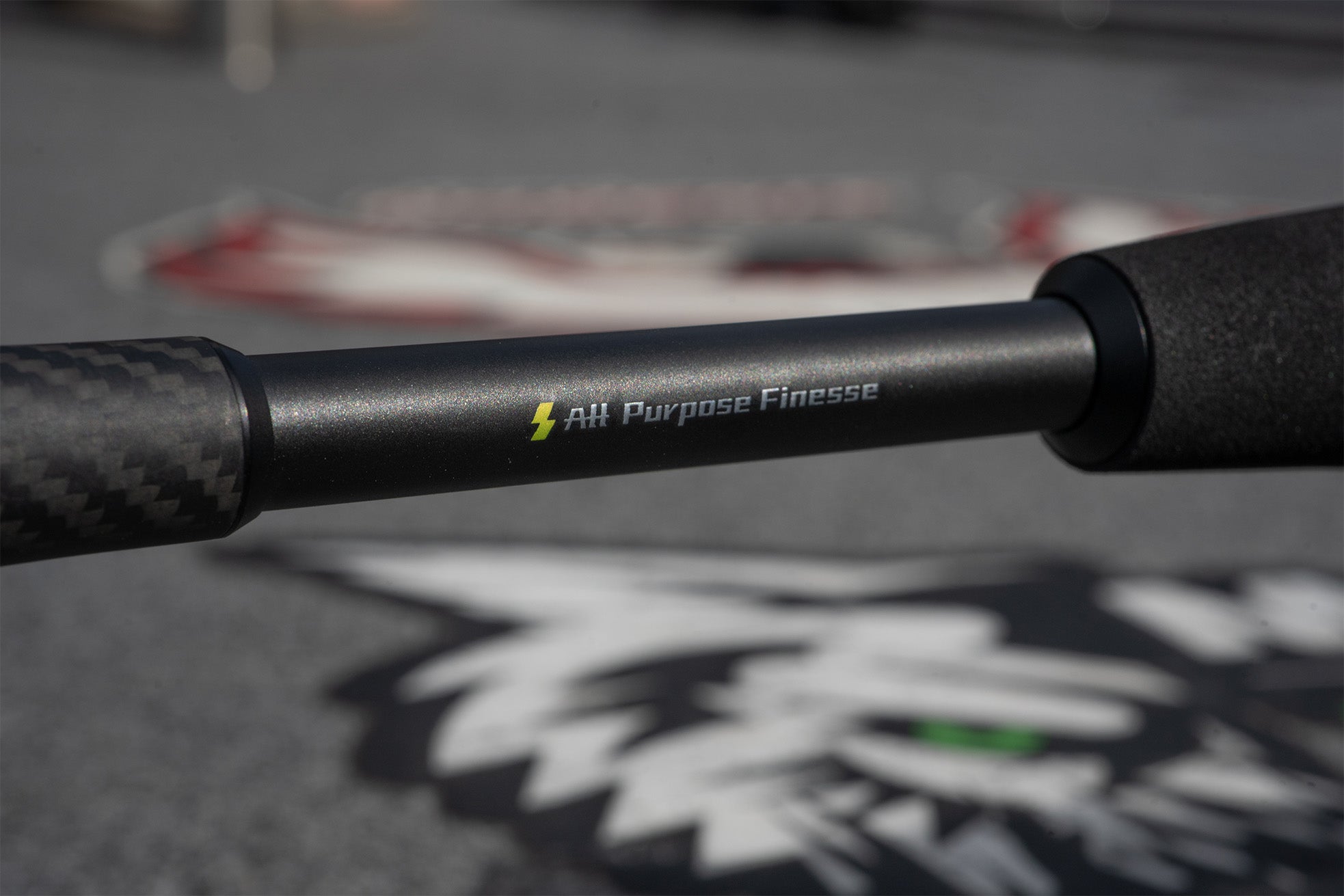You're ready to try fishing for the first time. You head to a fishing store, and suddenly you're hit with unfamiliar terms—fishing poles, fishing rods, reels, and more. The confusion is real! Many newcomers wonder what separates a fishing pole from a fishing rod. Let's clear up this common mix-up and get you on the water with confidence.
Pole vs. Rod: What's the Difference
| Feature | Fishing Pole | Fishing Rod |
| Reel Usage | No reel. Line attaches directly to tip | Designed for use with a reel |
| Line Management | Fixed line length, limited to pole length | Variable line deployment and retrieval |
| Casting Distance | Limited (typically under 20 feet) | Can cast 100+ feet with proper technique |
| Fish Fighting Ability | Direct connection but limited leverage | Rod flex and reel drag system help tire fish efficiently |
| Versatility | Best for stationary fishing in accessible waters | Adaptable to numerous techniques and environments |
| Learning Curve | Can be mastered in minutes | Requires practice for proper casting. and reel operation |
| Cost | Generally lower initial investment | Higher cost, especially with quality reel |
| Portability | Many telescope for easy transport | Often multi-piece for breakdown, requires assembly |
The Simple Fishing Pole: Old-School Simplicity That Still Works
A fishing pole represents fishing in its most basic form. Unlike its more sophisticated cousin, the fishing rod, a pole is typically a single piece of material—traditionally bamboo, though modern versions might use fiberglass or composite materials. The defining feature? The fishing line attaches directly to the tip. No reel, no guides, just a straight line from the pole to the water. Traditional bamboo fishing poles offer a natural connection to the environment that synthetic materials simply cannot replicate.
Where Fishing Poles Still Shine
With a fishing pole, the line is about the same length as the pole. If you have a 10-foot pole, you can only fish about 10 feet away. You have to be close to where you're fishing.
Even though you can't cast far, fishing poles are still good for some types of fishing. They work best when you don't need to cast a long distance. For example, they're great for catching bluegill in a small pond, fishing for trout in a narrow stream, or ice fishing when you drop your bait straight down into the hole.
Key Advantages of Fishing Poles
Fishing poles offer several advantages that keep them relevant:
- Simplicity is king: No tangles, no backlashes, no complicated mechanics to learn. Perfect for absolute beginners or kids just starting out.
- Ultimate portability: Many telescoping poles collapse down to just a few feet, making them easy to throw in a backpack for a hiking trip.
- Budget-friendly: You can often find a decent fishing pole for less than the cost of even a basic rod and reel combo.
- Incredible sensitivity: With no reel or guides to dampen vibrations, you feel every nibble directly through the pole.
For catching panfish or small to medium-sized fish in accessible waters, a fishing pole might be all you need. The lack of moving parts also means virtually nothing can break or malfunction—a huge plus when you're miles from the nearest tackle shop.
The Fishing Rod: Taking Your Angling to New Waters
Fishing rods are basically upgraded fishing poles. The main difference is that rods are made to be used with reels. Fishing poles are simple, but rods have several parts that work together. Determining the appropriate reel size for your specific rod is fundamental to achieving the right balance and functionality.

Key Components of a Modern Fishing Rod
The most obvious part of a rod is the guides – those little rings that go along the length of it. These guides help your fishing line go smoothly from the reel to the end of the rod. More importantly, they spread out the pressure when you're reeling in a fish, so the rod doesn't break easily.
A regular fishing rod has these parts:
- The Blank: This is the main part of the rod, usually made of fiberglass, graphite, or a mix of both.
- Guides: These are spaced out along the blank to keep the line in check.
- Reel Seat: This is where you attach your fishing reel.
- Handle/Grip: Usually made of cork or foam, so it's comfortable to hold.
This design allows you to do much more than with just a pole. You can cast your line further, go after different types of fish, and use fishing techniques that a pole simply can't handle.
Fishing Rod Types for Beginners
If you're just starting out, here are two main types of rods you'll come across:
Spinning Rods: These are used with spinning reels, which hang below the rod. The guides (those little rings) face down when you hold the rod with the reel underneath. They're easy to cast – just flip the bail, hold the line with your finger, and let go when you cast forward. Many beginners start with spinning rods because they're pretty simple to use.

Casting Rods: These work with baitcasting or spincast reels that sit on top of the rod. The guides face up when the reel is on top. Casting rods usually give you more power and better accuracy once you get the hang of it, so a lot of bass fishers like them. But they can be harder to learn, especially baitcasters, which can get tangled up if you're not careful.

There are other types of rods, like fly rods or ice fishing rods, but spinning and casting rods are good for most fishing situations you'll run into when you're starting out. Selecting the appropriate rod type is a critical first step for beginners starting their fishing journey.
Making Your Choice: Match the Tool to Your Fishing Goals
Deciding between a pole and a rod isn't about which one is "better." It's about picking the right tool for what you want to do. Think about these things:
- Where You'll Fish: Poles work well in small ponds that are easy to reach. Rods are better for bigger bodies of water.
- What Fish You're After: Poles are fun for panfish and small trout. If you're after bigger or stronger fish, you'll need a rod.
- Simplicity vs. Versatility: Poles are easy to use. Rods let you do more things when you're fishing.
- Your Budget: A good pole costs less than a good rod and reel.
- How Much You Want to Learn: Poles are simple and don't require much skill. Rods take more practice, but you can develop more advanced skills.
A lot of anglers have both a pole and a rod. They use a pole for quick trips to a nearby pond and a rod for more serious fishing trips. You don't have to pick just one!
Ready to Grab Your Gear and Hit the Water?
Whether you choose a fishing pole or a fishing rod, you're joining a tradition that spans human history. The right choice is the one that gets you outdoors, enjoying nature, and hopefully catching some fish! Start with what feels comfortable, and your skills will grow with every cast.


